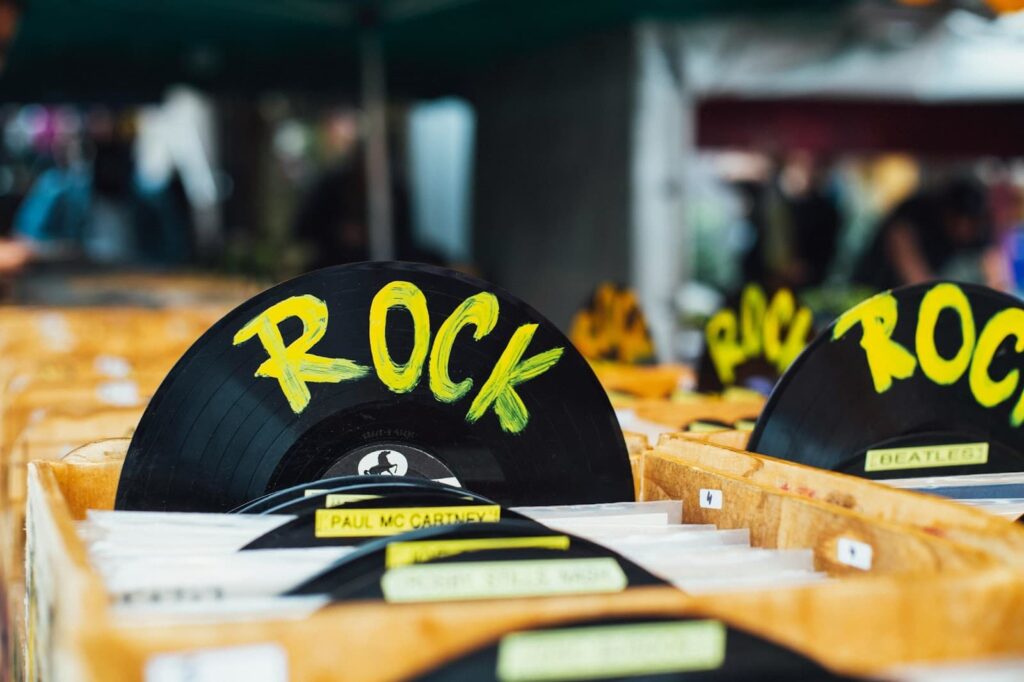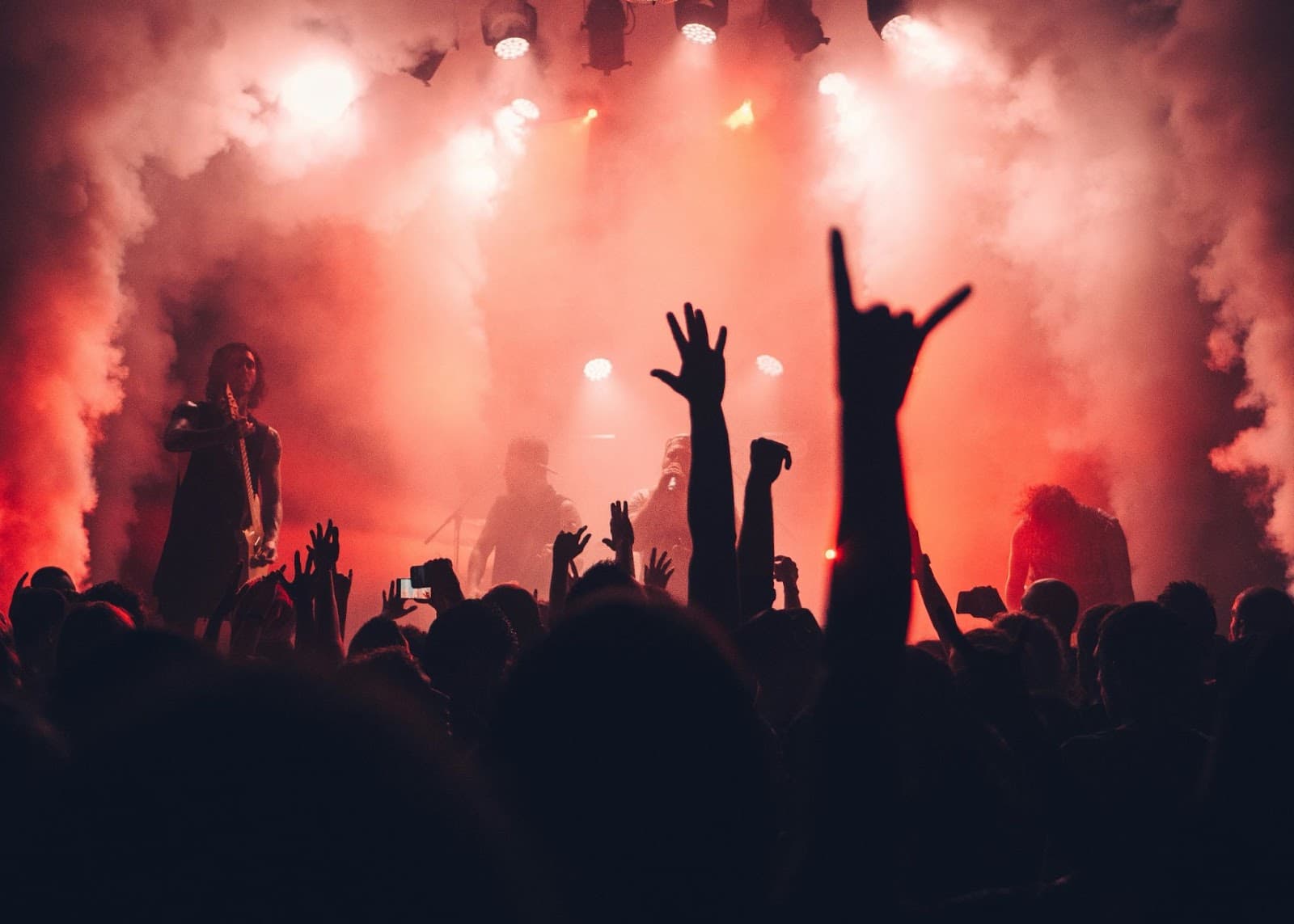Few musical movements have been as transformative as psychedelic rock. What started as an experimental sound in the 1960s quickly became a cultural revolution, blending surreal lyrics, mind-expanding instrumentals, and a philosophy rooted in breaking free from conventional thinking. Today, the genre still thrives, evolving across decades while maintaining its core essence. But why has psychedelic rock endured?
Even in the digital age, platforms like Tokinima.gr showcase how music lovers continue to seek out the hypnotic and immersive experience that psychedelic rock offers. In a world of fleeting trends and algorithm-driven playlists, the genre remains a space for creativity, self-exploration, and musical innovation. But how did it all start, and where is it going next?
The Birth of Psychedelic Rock: The 1960s
The 1960s psychedelic explosion was fueled by the countercultural movement, experimentation with hallucinogens, and a desire to push music beyond traditional boundaries. This era gave birth to some of the most influential bands in rock history, many of whom shaped the sonic landscapes we still hear today. Key characteristics of 1960s psychedelic rock:
- Extended instrumentals and improvisation – Songs often abandoned conventional structures for free-flowing jams.
- Unconventional recording techniques – Backward tapes, reverb, and echo effects created dreamlike sounds.
- Influences from Eastern music – Indian ragas and exotic scales became defining elements.
- Surreal and poetic lyrics – Songs explored altered consciousness, philosophy, and fantasy.
- Visual and theatrical performances – Light shows and psychedelic art became part of the experience.
Notable bands that pioneered the movement included The Beatles (in their later years), Pink Floyd, The Doors, Jefferson Airplane, and The Jimi Hendrix Experience. Their albums weren’t just collections of songs—they were journeys, designed to transport the listener into another dimension.
The Psychedelic Renaissance: The 70s to the 90s
Although the late ‘60s were the golden years of psychedelic rock, the genre never disappeared—it simply morphed into new forms.

- Progressive Rock (1970s) – Bands like King Crimson, Yes, and Genesis expanded on the psychedelic sound with complex arrangements and conceptual storytelling.
- Space Rock (1970s-80s) – Groups like Hawkwind and early Pink Floyd took psychedelia to cosmic levels.
- Neo-Psychedelia (1980s-90s) – Acts like The Flaming Lips, Spacemen 3, and My Bloody Valentine blended psychedelia with alternative and shoegaze influences.
- Electronic & Psychedelic Fusion (1990s) – Bands like The Chemical Brothers and Ozric Tentacles integrated electronic elements into their psychedelic soundscapes.
Despite these evolutions, the ethos of psychedelia remained intact—pushing sonic boundaries, exploring new textures, and embracing experimentation.
Psychedelic Rock in the 21st Century
While the mainstream music industry has shifted towards digital production and commercial pop, psychedelic rock has found new life in the underground and indie scenes. The genre is thriving again, thanks to artists who mix classic influences with modern production. Some defining characteristics of modern psychedelic rock:
- Blending genres – Today’s psychedelic rock fuses elements of garage rock, electronic music, and jazz.
- DIY production – Independent artists use technology to experiment with sound, much like their 60s predecessors.
- Immersive live shows – Bands embrace visuals and projection mapping to enhance the psychedelic experience.
- Vinyl resurgence – Many modern psych-rock bands emphasize analog recording and physical releases.
Comparing Psychedelic Rock Across Eras
| Era | Key Bands | Notable Characteristics | Legacy |
|---|---|---|---|
| 1960s | The Beatles, Pink Floyd, Jefferson Airplane | Eastern influences, experimental sounds | Created the foundation of psychedelic rock |
| 1970s-80s | King Crimson, Hawkwind, Spacemen 3 | Progressive structures, space rock vibes | Expanded the genre into complex and cosmic directions |
| 1990s-2000s | The Flaming Lips, Tame Impala, The Brian Jonestown Massacre | Neo-psychedelia, electronic fusion | Brought psychedelic rock back into indie and alternative circles |
| 2010s-Present | King Gizzard & The Lizard Wizard, Thee Oh Sees, Kikagaku Moyo | Retro influences, modern experimentalism | Keeping psychedelia relevant for new generations |
Modern bands like Tame Impala, King Gizzard & The Lizard Wizard, and Thee Oh Sees have reinvigorated the genre, proving that psychedelic rock is far from a relic of the past.
Why Psychedelic Rock Still Resonates Today
Despite being over half a century old, psychedelic rock continues to attract new fans. Why?
- It’s a reaction to modern overstimulation – In an age of digital noise, psychedelia offers a deeper, more immersive listening experience.
- It appeals to the rebellious spirit – Just as in the 60s, psychedelic rock stands outside the mainstream and embraces experimentation.
- It connects to something spiritual – Many listeners find a transcendental quality in the music, offering an escape from routine.
- It’s constantly evolving – Psychedelic rock reinvents itself with every generation, absorbing new influences and technologies.
At its heart, psychedelic rock remains a genre of freedom, exploration, and sonic adventure. It may never be the dominant force in music again, but its influence will never fade away.
The Future of Psychedelic Rock
Where does psychedelic rock go from here? With advancements in AI-driven music production, virtual reality concerts, and immersive live experiences, the genre might soon explore even deeper auditory dimensions.
The fundamental question remains: Can a genre that once symbolized counterculture continue to thrive in an era of commercialization? The answer likely depends on the artists who carry the torch forward. As long as there are musicians willing to defy conventions and push sonic boundaries, psychedelic rock will never truly die—it will only evolve.
FAQ
How did psychedelic rock influence electronic music and modern sound design?
Its experimental production techniques, like tape manipulation and reverb layering, paved the way for electronic music’s evolution.
What role does psychedelia play in modern pop and mainstream music?
Many pop artists incorporate psychedelic elements into their music, from effects-heavy vocals to abstract, dreamlike production styles.
Can psychedelic rock still be “countercultural” in today’s world?
While it may not be as politically radical as in the 60s, its emphasis on artistic freedom and mind expansion keeps it outside mainstream trends.


